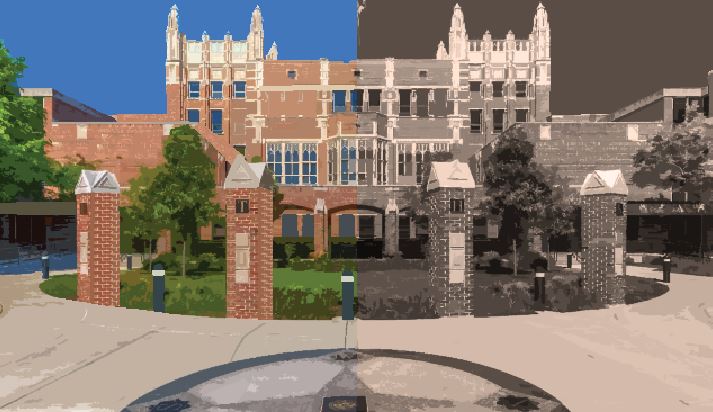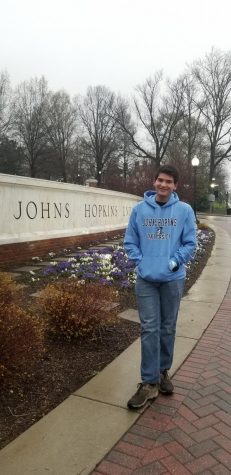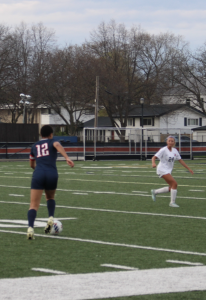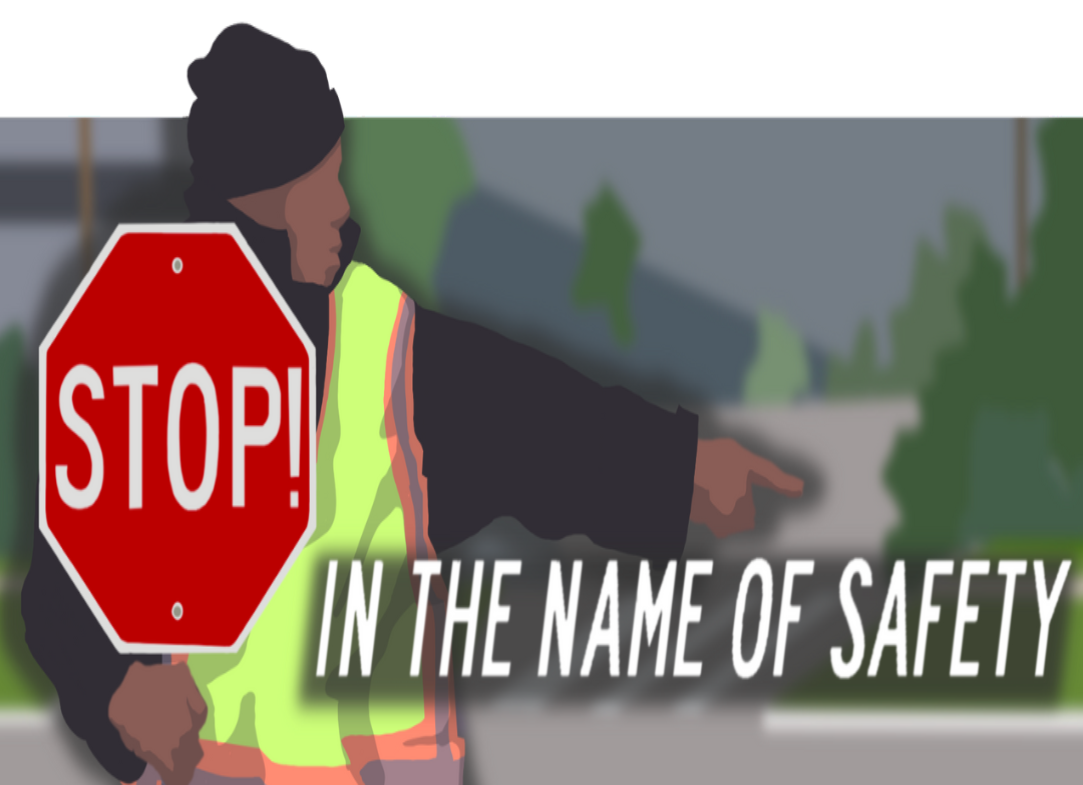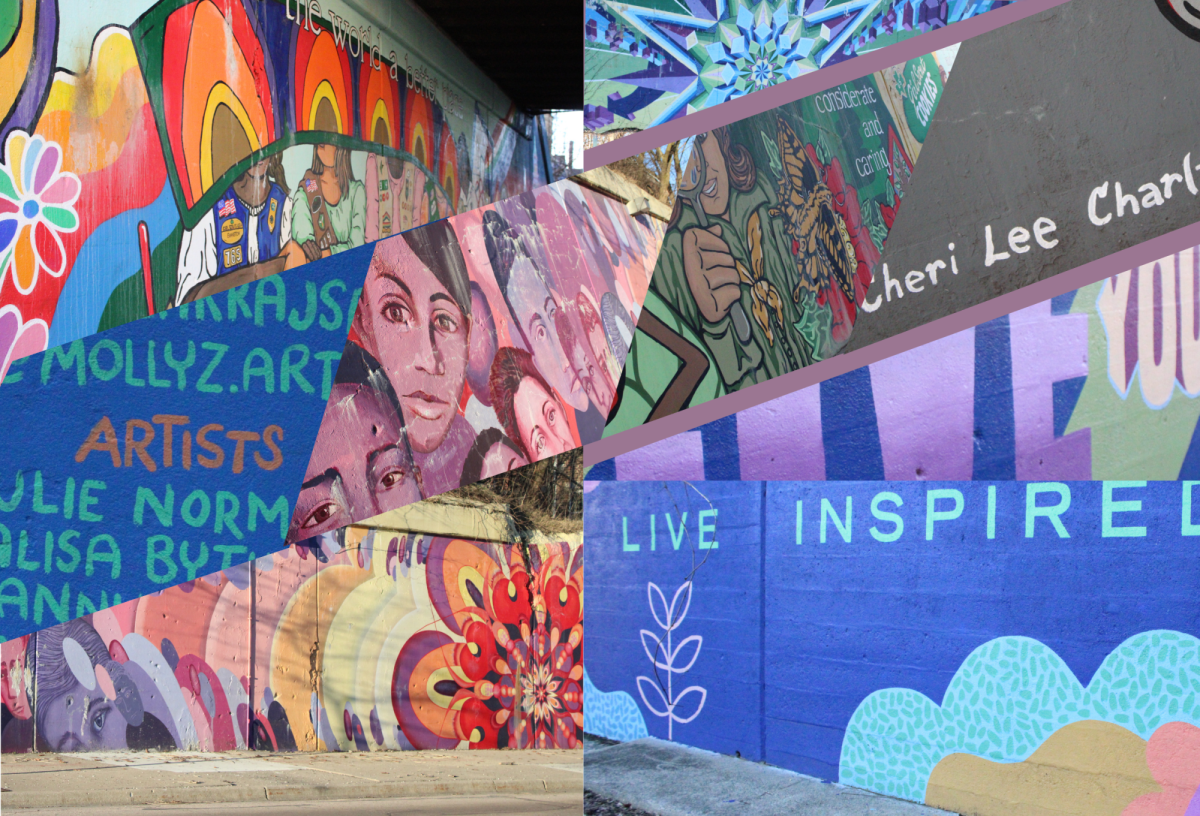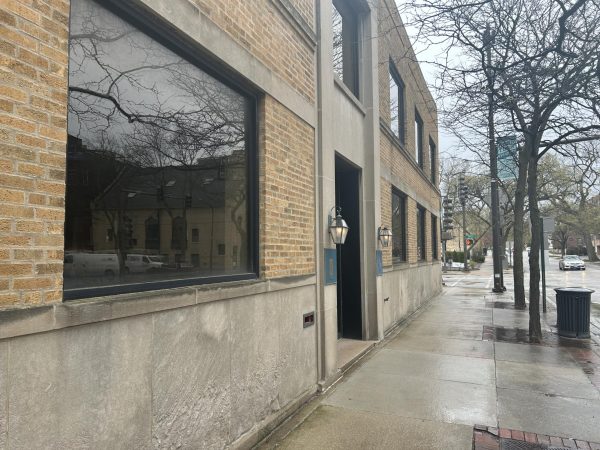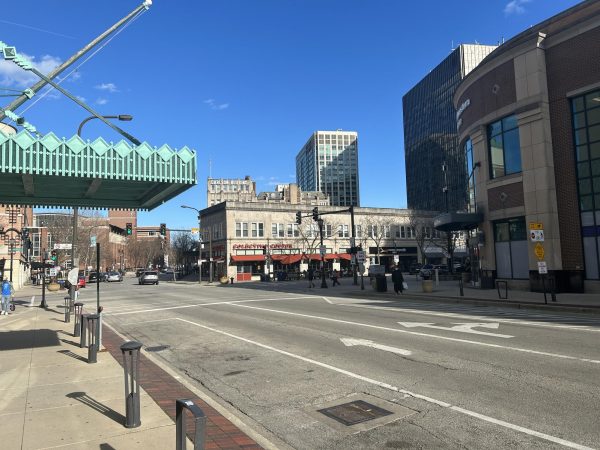ETHS preserves its legacy of community
November 8, 2019
Over the course of its 136-year history, ETHS has undergone massive changes.
From demographics to classes, there is little that has remained constant. Fortunately, there is a group that links ETHS to its past: those students who return to Evanston as teachers and staff members.
“People just love this school,” instructional & informational specialist Traci Brown-Powell, Class of 1990, said. “People are so connected with this school and this community that they want to come back; they want to support our students.”
Brown-Powell is correct. There is something about Evanston that causes students to return later in life, some force that pulls on those who lived here, both to the city and to the school within.
What creates these connections? What causes students to return to Evanston?
On Returning
“Evanston feels like home to a lot of people, and it’s a place that you return to as you grow older,” math teacher Andrew Segall, Class of 1992, said. “It feels more like home than many other places that I’ve been, and so there was a natural drawback here.”
The draw of Evanston is the natural sentiment of community—a feeling of oneness and family across the city—one bound together by shared experiences and values.
“People here all seem to be very connected in a way; lots of people come from similar backgrounds and have similar experiences. In a way, it’s a feeling of connectedness and [of] a larger family in Evanston,” senior Max Peterson said.
These shared experiences begin with the school system which, as ETHS is Evanston’s only high school, ensures that students both are placed on as even as a footing as possible and are given opportunities to grow.
“This building is totally for the students, no doubt about it. It’s a welcoming space for the students to come into, and I think that they know that,” media specialist Kathy Wideman, Class of 1981, said.
That ETHS is a school that cares about its students adds a greater draw for many staff members who long to continue that tradition.
“[ETHS] is a lot more aware of what it’s like to be a high-school student and the pressures and the challenges that high schoolers face and, I think, is a more compassionate place than it was when I was here. A lot of the school is very student-focused. They’re going to do anything [to support our students],” Segall said.
Beyond the school system, the desire to return to Evanston is one that weighs heavily on the mind on account of the stories and memories formed in childhood—a desire for the nostalgia of youth.
“People come back because they loved high school and want to continue that legacy…. some of us come back to reproduce [that], some of us come back to [create] changes, and some of us come back to do a little bit of both. It’s this idea that we know what we’re getting into, and we can continue that or change that,” history teacher Matthew Walsh, Class of 1990, said.
The memories imprinted by an Evanston childhood can also lead parents to encourage their children to follow in their footsteps while at ETHS by participating in similar sports, activities and extracurriculars.
“[My parents] put ideas into my head about what it would be like and told me great things about it, which is why they wanted me to be here,” Peterson said. “My dad was very active in different sports here at ETHS and encouraged me to do the same.”
One side effect of continuity in experiences between parents and children is an increased level of understanding and empathy on account of similar experiences, enhanced by the close ties between the Evanston of the past and the present.
“[From my mom’s experiences] the school really hasn’t changed that much because the culture hasn’t very much….[and] the programs are all the same. Programs have grown; there are more programs now, but they’re definitely still there,” junior Ilan Friedman said.
However, despite all of the positive constants of our community, much has changed in the past decades, both across the nation and within Evanston. While many of these changes, such as increased student support, are constructive, others have changed the way that some look at Evanston, including those who have lived here their whole lives.
A World of Change
Evanston has changed; the small town of the 1950s and ‘60s no longer exists and with it some of the connections that motivated alumni to return in the past no longer hold.
“I don’t know if a lot of these students know the true spirit of orange and blue, your blood running orange and blue, the power of the spirit, the connectedness is kind of minimal…. but things change, kids change, generations change,” Wideman said.
While there have been many changes, including diminishing school spirit among students, in Evanston over the decades, the most impactful is the continued legacy of wealth inequality and discrimination within Evanston.
“For good and for bad, Evanston’s a fairly unique place. There aren’t a lot of other towns that have the same social, racial, economic diversity that we do while hosting a university town and resources,” Walsh said. “Evanston has lots of legacies: legacies of trauma, legacies of great education, so it’s all of it together that makes Evanston really great, really challenging.”
These harmful legacies are laid bare by the fact that, according to a study by the City of Evanston, from 2006-2017, Evanston’s GINI coefficient—a measure of income variance amongst a community’s members ranging from 0 to 1—has increased by 4.01% from 0.464 to 0.483, slightly lower than the US national average of 0.49.
The increase in wealth inequality has triggered massive changes across the community, one of which is the forced exodus of some families due to rising housing prices.
“The people that I’ve known are moving out of Evanston because they can’t afford it; the opportunity gap, the economic gap is just horrendous and people can’t afford it anymore. Look at downtown Evanston, it looks great, the lights look great, but it’s no longer a small town anymore. The condos have come in; the developers have come in… It’s just different, and the African American community, they’re moving out,” Brown-Powell said.
This impact is seen most prominently in the fact that between the 2000 and 2010 national censuses, the black population of Evanston dropped by over 3200, a change of 19.1%.
However, while increasing levels of racial and economic inequalities are fundamentally changing Evanston, our community has attempted to heal the divide, including detracking classes at ETHS and proposals for reparations, both historical and current, to residents of Evanston’s fifth ward. Despite this, many of these efforts have faced significant objections from certain members of the community.
“Folks who are in the have, white folks who have the power and the access, are purposefully hesitant to give up that stuff… [Before the detracking conversation] I was under the impression that we lived here because we wanted to engage and participate in these kinds of things.” Walsh said. “How are we not doing the same for everyone? How are we not treating everyone’s kids like they’re our kids? We can change things…. I don’t think [we’re] perfect, but I think we’re doing a better and better job of trying to face up to our legacy challenges.”
While there may be opposition, willingness to have conversations is certainly found at the student level, with groups such as SOAR and GSA engaging the community in conversation with the goal of creating an inclusive community.
“As a school, we still have a lot of subconscious prejudice and just subconscious biases… [and being in Evanston,] people are less willing to admit that we’re not perfect and that we have serious issues,” senior Samantha Chaney said.
A Living Community
While Evanston may be far from perfect, Evanstonians, including many ETHS staff and students, choosing to face the negative legacies of the city is a defining trait of Evanston.
“People do want to change [the system] and [Evanston is] not the monstrosity of Chicago or New York, but it has some of the same challenges. It gives us the ability to get our hands around it and hopefully make it better for everybody,” Walsh said.
This willingness by many to create change and the desire to create a city that is equitable to all shows the devotion of Evanston residents to our city and community.
“I grew up with a sense of community, a sense of connectedness, the richness here… Being rooted in this community [is important]…. and the alumni come back in droves [because of it]. Because we know what was here and we come back looking for that little piece that we know that was special… that foundation of ETHS. There will always be a spark of it, as long as this place stands it will always be here,” Wideman said.
Regardless of what the future may bring, the alumni staff members interviewed all said that the spark of light at the heart of Evanston will remain, its values radiating out onto every Evanstonian, filling them with the seed of ETHS and—long after they have left Evanston for better places—pulling them back to their home.
“A lot of the staff here are Evanstonians, through and through. They’ll always be Evanstonians, and no one from the outside can come and talk about Evanston,” Brown-Powell said. “That’s why so many people love it and come back again and again.

